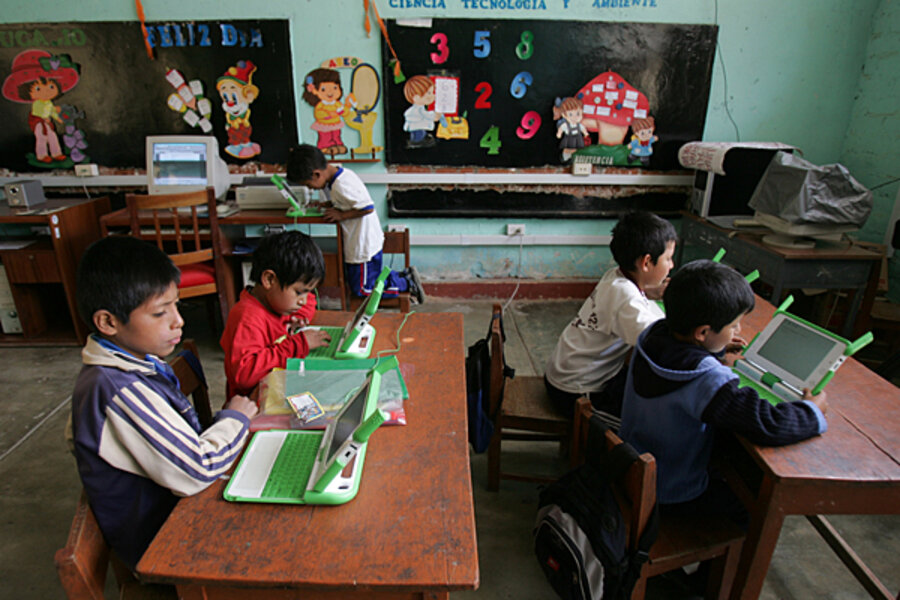Bring the Internet and computers to children in developing countries, improve the quality of education, and connect them to the formerly inaccessible outside world. This was the noble premise behind One Laptop Per Child (OLPC), an invention by MIT Media Lab founder Nicholas Negroponte.
At first, the project seemed like a great way to help figure out failing education in the developing world. Started in 2005, laptops were durable, could be recharged via hand crank or solar panel, and could connect to low cost Internet (plus came in a fun green color). Major players, such as the UN Development Program, got on board to help distribute the laptops, and countries such as Peru made huge orders to help floundering education systems.
Then the issues began. The laptops were never supposed to cost more than $100, but as of 2013, the price still has not dropped below $200. Teachers in classrooms weren’t always trained to use the tools in a specific way, so laptops were used like notebooks for copying down assignments rather than complex learning tools, and often children weren’t allowed to bring the computers home. In addition, some critics say sending laptops, rather than food or books or medicine, ignores the more pressing issues in some developing countries. A recent study by Inter-American Development Bank found the laptops had little, if any, effect on test scores; did not increase reading habits; and did not improve school attendance.
Despite this, OLPC is still going today, and recently introduced a tablet computer that dropped the price to $149 and, in addition to being shipped around the world, is being sold at Target, Walmart, and on Amazon.com.








